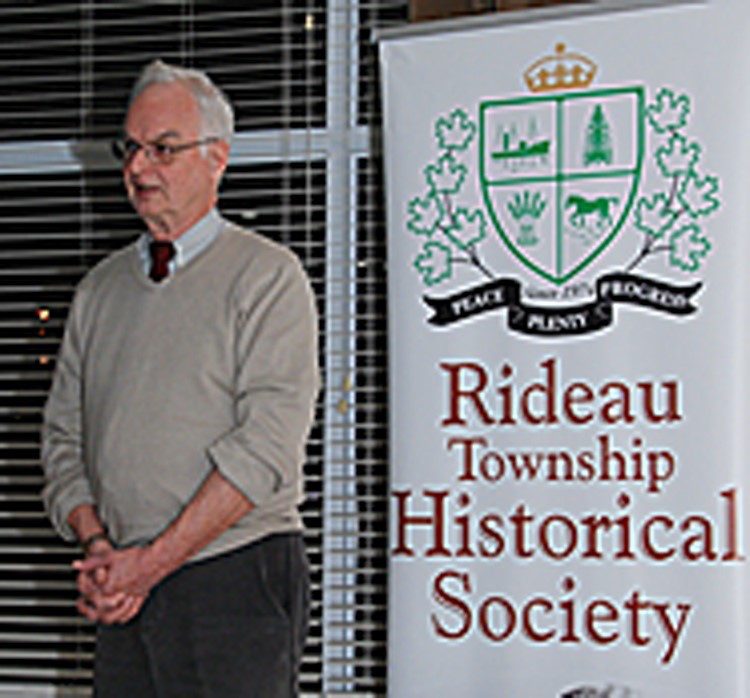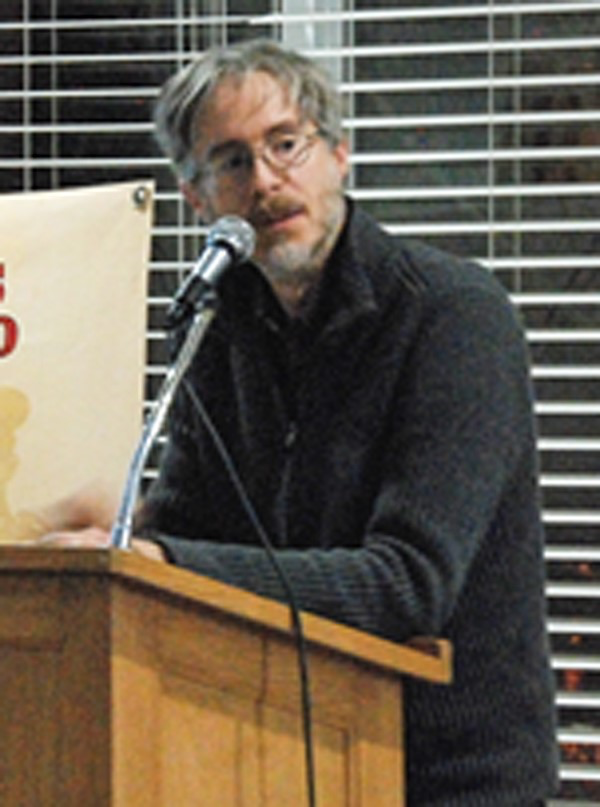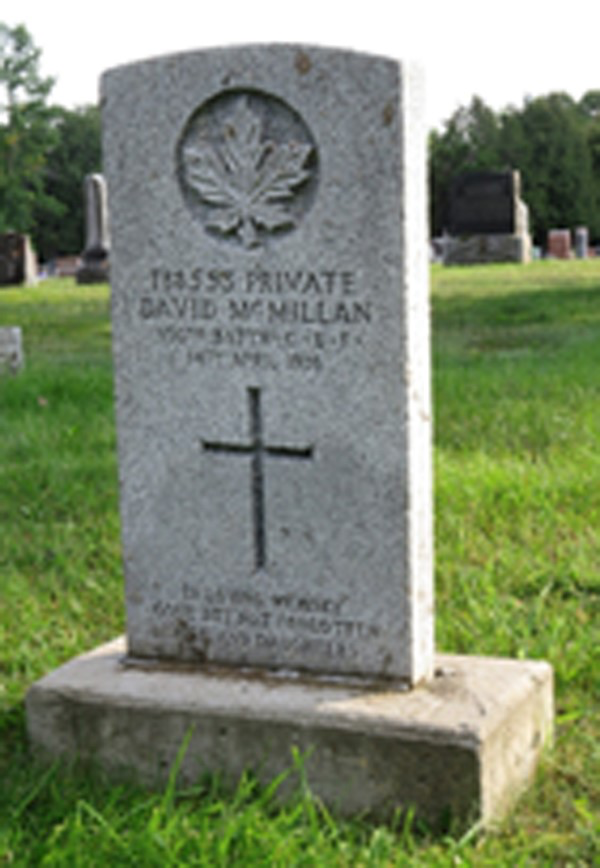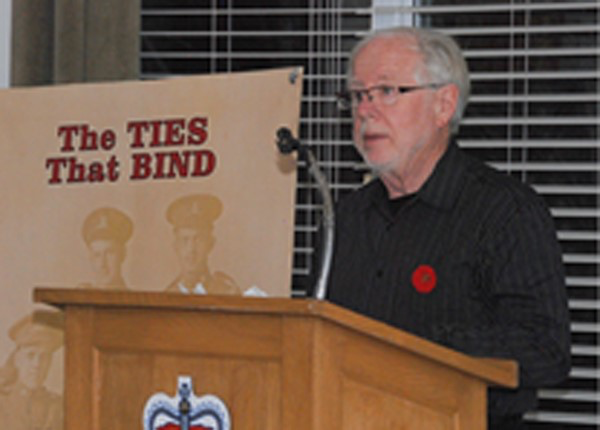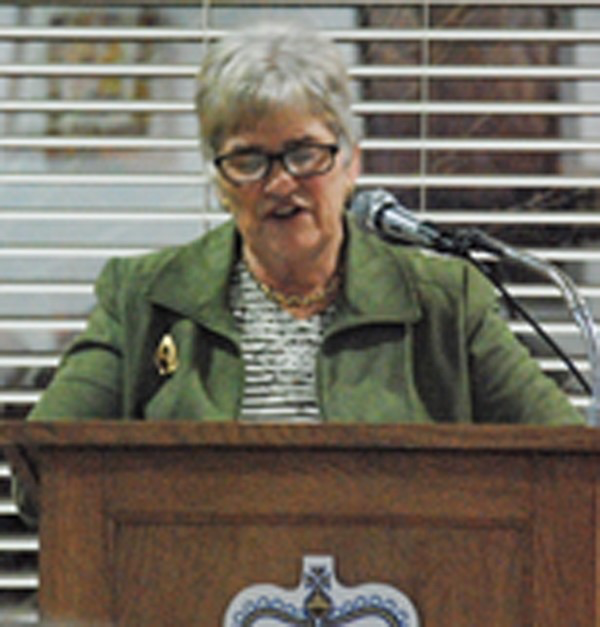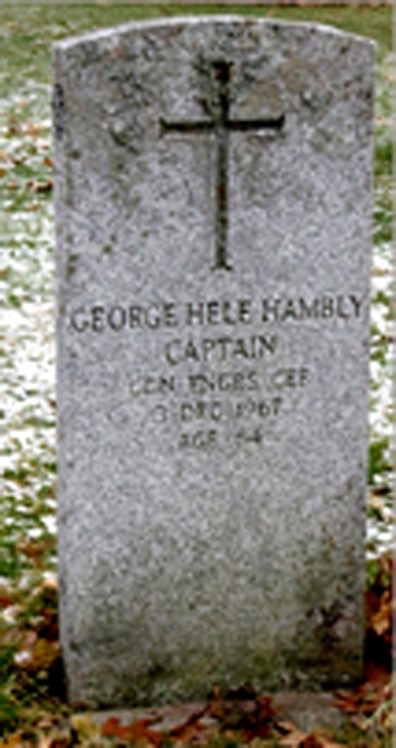Book Launch: Rideau Remembers – North Gower & Marlborough Townships’ Sacrifice in the Great War 1914 – 1918.
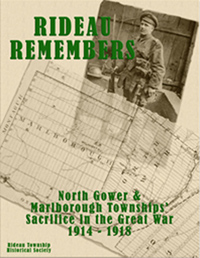
Mulitiple Presenters. Article and Pictures by Rod Brazier. November, 2018
November’s monthly RTHS gathering was a special evening, in that it provided the backdrop for the official launch of the Society’s latest publishing project: “Rideau Remembers: North Gower & Marlborough Townships’ Sacrifice in the Great War – 1914 – 1918.”
The team responsible for “Rideau Remembers” was on hand to provide background and insights into the project as well as the subject matter of the book, that being the 45 servicemen and one nursing sister with connections to the former Rideau Township who made the supreme sacrifice in the first World War.
Owen Cooke, who served as Master of Ceremonies for the presentation portion of the evening, began by introducing the team members who contributed to the final product: Dave Bullock, Stuart Clarkson, Owen Cooke, Susan McKellar, Georgie Tupper, Ruth Wright and Rod Brazier. He also acknowledged the support (financial and otherwise) provided by the Ontario Genealogical Society, City Archivist Paul Henry, proof readers Bill Tupper, Dave Tupper and Bonnie Symons, as well as the groundwork and inspiration provided by Audrey Renton, who was instrumental in getting the project started.
Owen also spoke to some of the valuable sources researched for the project, including military personnel file records (Attestation Papers and Casualty Forms in particular), as well as Commonwealth War Graves records, and published Regimental and Battalion histories.
Dave Bullock followed Owen, and provided insights regarding some of the more local sources of information that informed the research, including Canadian Census data, land assessments, and voters’ lists, as well as newspapers (the Kemptville Advance and Ottawa papers especially.)
Dave made particular mention – and gave examples – of the value of commemorations found in local cemeteries, churches and war memorials.
Stuart Clarkson addressed some aspects and impacts of war on the home front. He mentioned that for most Canadians, their awareness and knowledge of the war came through newspapers which, while reporting on developments related to the conflict, also published questionable advertisements that endeavoured to “leverage” the state of war for purely retail gain.
The predominant characteristic of the war locally was sacrifice. On the personal front, the sacrifice of loved ones departing to serve, while those who remained took on added – and sometimes unfamiliar – responsibilities, but also coping with severe restrictions and rationing. Economically, pleas to donate money were persistent, and increased as the war progressed. Organizations such as the Women’s Institutes and the Ottawa Women’s Canadian Club were instrumental in gathering and distributing donations of food, clothing and money to address the challenges such as civilian displacement and suffering in Europe, as well as the welfare of Prisoners of War. The sale of War (or “Victory”) Bonds became the principal means of raising funds for the war effort, and here too North Gower and Marlborough Townships were at the forefront of fundraising.
Ruth Wright spoke to the value and poignancy of letters home written by servicemen. The content of the correspondence, when considered in conjunction with other information we have about the families paints a valuable picture of the events and challenges of the times. By way of example, Ruth read excerpts from letters from two local servicemen.
Clayton Bradley, who served with the Princess Patricia’s Light Infantry, was the youngest of 8 children. He died in 1916, one month after his father passed away at home. Caldwell Scobie, who was an airman, died on May 21, 1918, two days after he wrote his letter home!
Susan McKellar introduced us to the only woman included in the book. Nursing Sister Jessie Mabel McDiarmid, who was lost on the sinking of the medical ship Llandovery Castle on June 27, 1918. Ms. McDiarmid, who had an older sister living in North Gower, was almost 35 years old and living in Vancouver when she enlisted. She served in England and later Europe. On the trip back to England, the Llandovery Castle was attacked and sunk by a German submarine. Ms. McDiarmid’s life boat was caught in the whirlpool created by the sinking ship. It was also reported that, on realizing that he had sunk a hospital ship, the German commander had his submarine surface and fire upon survivors in an effort to eliminate witnesses to the atrocity.
Owen “book-ended” the presentation segment by discussing the history and significance of the Commonwealth (formerly “Imperial’) War Graves Commission, and its founder, Sir Fabian Ware, who first became concerned about the marking and recording of war graves during the First World War. Ware founded the Graves Registration Commission, and by October, 1915 had over 31,000 graves registered. However, the the task facing the Commission was enormous: of the 768,000 total graves existing by 1918, 181,000 were unidentified, and an additional 516,000 servicemen were known to be missing!
The Imperial War Graves Commission was created by Royal charter in May, 1917. In pursuing its work, it established the principles that there would be no distinctions of headstones by rank (equality of treatment for equality of sacrifice,) there would be no repatriation of bodies, and there would be permanent headstones and memorials.
